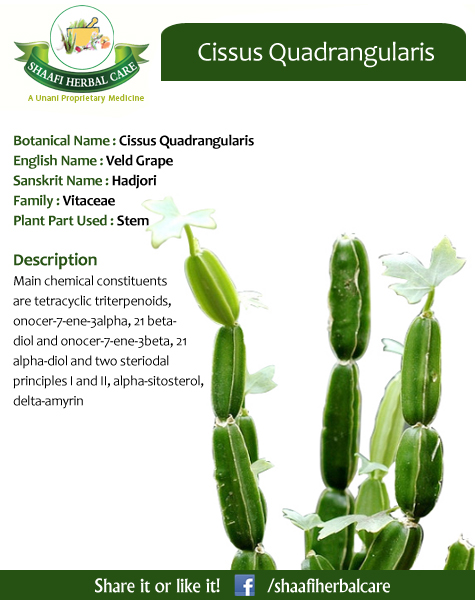
Description
Rhubarb is a group of herbaceous perennial plants that grow from thick short rhizomes, comprising the genus Rheum. The large, somewhat triangular leaf blades are elevated on long, fleshy petioles. The flowers are small, greenish-white, and borne in large compound leafy inflorescences. Though the leaves of rhubarb are toxic, the plant, especially its stalk, has medicinal uses. In the past, the tender stick of rhubarb (dipped in sugar) comprised of an affordable sweet for children in parts of United Kingdom and Sweden. Rhubarb is still consumed in this way in Western Norway.
Rhubarb is a group of herbaceous perennial plants that grow from thick short rhizomes, comprising the genus Rheum. The large, somewhat triangular leaf blades are elevated on long, fleshy petioles. The flowers are small, greenish-white, and borne in large compound leafy inflorescences. Though the leaves of rhubarb are toxic, the plant, especially its stalk, has medicinal uses. In the past, the tender stick of rhubarb (dipped in sugar) comprised of an affordable sweet for children in parts of United Kingdom and Sweden. Rhubarb is still consumed in this way in Western Norway.
Uses & Benefits of Rhubarb
- Rhubarb is used as purgative and astringent tonic. Its stimulating effect, combined with aspirin properties, renders it especially useful in atonic dyspepsia.
- The herb can be used as a strong laxative. Its roots have been used as a laxative for about 5000 years. They have an astringent-like effect on the mucous membranes of the mouth and nasal cavity.
- The root and stem of the plant are rich in anthraquinones, such as emodin and rhein. These substances are cathartic and laxative, which is also the reason why rhubarb acts a slimming agent.
- The root of the plant is also used in traditional Chinese medicine. It was also used in the medieval Arabic and European prescriptions.
- Rhubarb is used for making jams and sauce. It is also cooked with strawberries or apples as a sweetener or with stem or root ginger, to make various types of jams and sausages.
- It is also used to make a strong dye, which creates a golden hair color and is suitable for those who have light brown or blondish hair. Simmer 3 tbsp of rhubarb root in 2 cups of water, for about 15 minutes. Leave overnight, and strain in the morning. First, test on a few strands of hair to see the effect, and then pour through the hair for a rinse.
- The leaves of the plant are used to make an effective organic insecticide for leaf-eating insects, such as cabbage caterpillars, aphids, peach and cherry slug etc).


